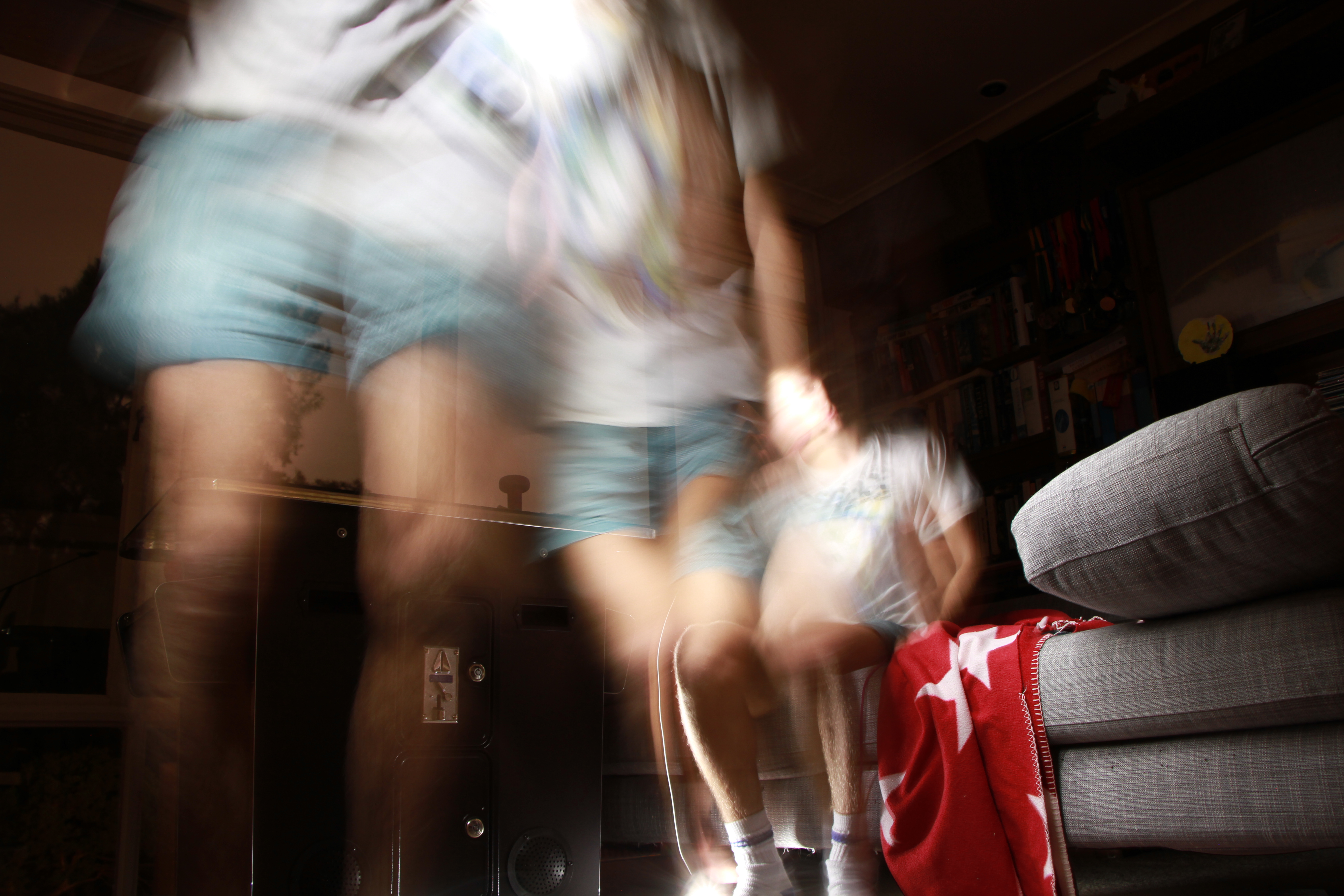So week 2 has just past in what seemed like a very speedy manner and its already the start of week 3. What a week it was. I am now 19, and too be honest, it doesn’t feel any different. Despite a nice family gathering and of course the traditional birthday presents and ritual of blowing out the candles, everything was the same.
I was walking down the street towards my class feeling lively as ever, when I was suddenly hit me with a wave of disappointment, no one else on the street new it was my birthday. I felt obliged to say something, like “Hey, it’s my birthday!”, but who was I kidding, I was never going to declare my self to the world like that. So I continued strolling past the average citizens who were oblivious that today was my birthday, up towards the RMIT buildings when a second wave of devastation hit me.
This was not high school where news of your birthday spread like wild fire through the year level. This was not back in primary school where you brought a cake to school and where you were treated like a king for the whole day. This was University, second week of university in my first year where the meaning of a birthday seemed to be diminished to just ‘another day’. Am I being harsh on my self… well yeah! It was my second week, first year of university! I had just started to make some new mates, what did I expect?
But in reality, as you grow older it seems like the precious moments that make up the day of your birthday seem to be spent with fewer people. As you grow older you begin to realise who are close friends. You begin to see who are the people you know are going to be there throughout the rest of your life. As much as my friendship with other people is not going to be based purely on the fact whether they say happy birthday to me, its more a sign of mutual respect and a relationship that goes beyond word of mouth in a school yard.
With this in mind as I looked back on the day, I realised that although I may not have a solid friendship group at UNI yet, I definitely have people I can really classify as friends, individuals that I want to stay in contact with for the rest of my life. What seemed like a pretty shocking morning of self revelations, turned into something that I really quite enjoyed.
UNI life is odd. I mustn’t be the only one who seems to have too much time on their hands to know what to do with! Or am I? The transition from high school was a pretty major one, unlike the good old days, you actually have to go out of your way to catch up with everyone. Good or bad, it certainly takes a lot more effort to maintain any kind of friendship!
I think any new car owner would know what the tiring process of choosing a car is like. I’m currently in the process of finding my key to independence, yet there are so many decisions, it is overwhelming! Black or white, which brand, leather or fabric, endless possibilities. But really, at the end of the day I just need something that is going to get me from A to B. So perhaps I need to stop being a tosser and just choose the most simple and cheapest of them all. When I think about the idea of buying the best looking, and most expensive items it seems quite absurd. In the most common of luxuries the purpose remains the same, yet it all comes down to representation and this idea of class. A mansion vs. a suburban house, a sports car vs. a family sedan, a $10 000 watch vs. a $10 dollar one. All these things have the same function, yet obviously there is this strive for one over the other!
I look forward to this new week, things are starting to fall into place!
My self portrait task is out of the way and i’m looking forward to the new challenges that await, both in terms of course work and overall life goals.
Goals this week:
- Do some more reading
- Have lunch with someone I haven’t seen in a while
- Do some more photography and filming
What i’m doing in my spare time:
- Working out things to do in my spare time.
What i’m listening to:
Photography that i’m loving:
Films i’ve watched:













